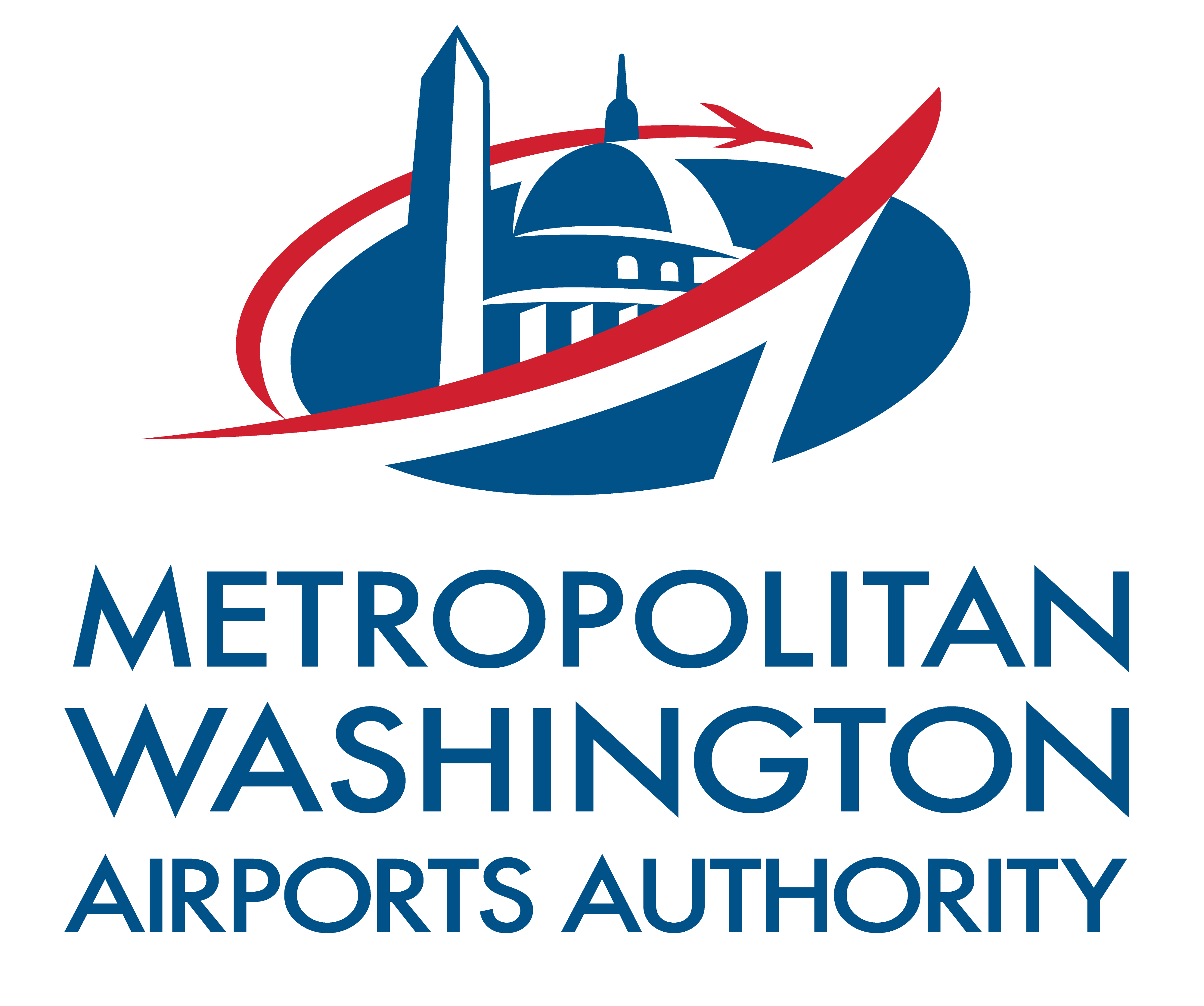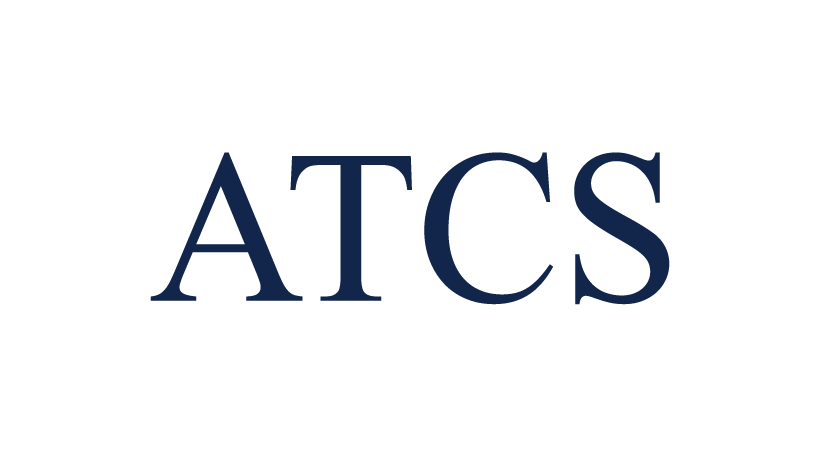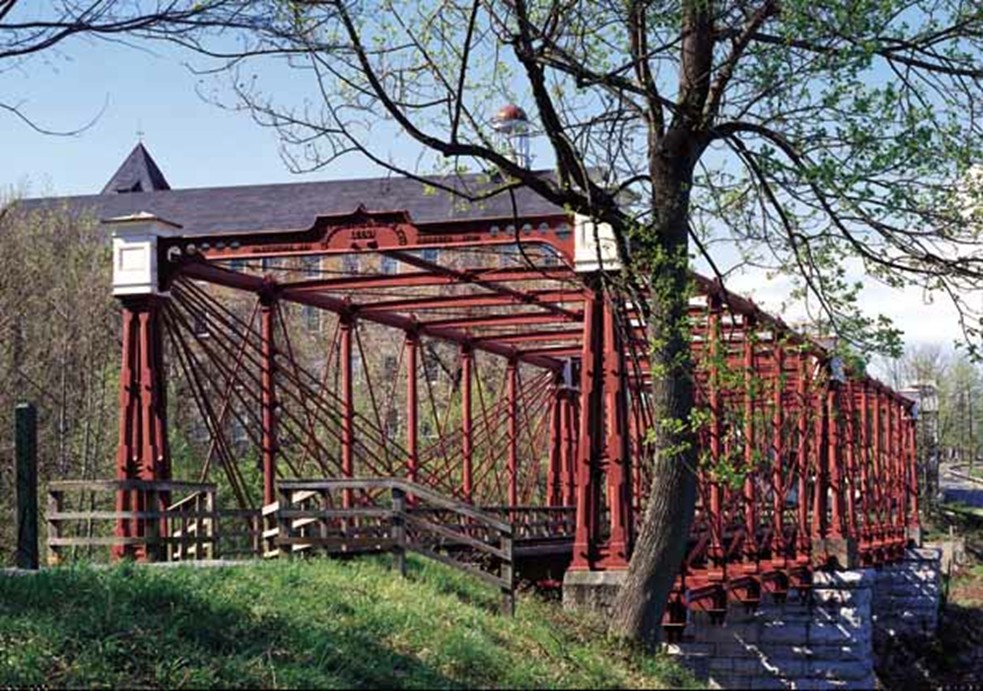
(Geographic Coordinates: Latitude: 39° 8' 4.9 " N, Longitude: 76° 49' 29.1" W)
The very first National Historic Civil Engineering Landmark in ASCE’s History and Heritage program was designated in 1966 and is the iron railroad bridge between Washington, DC and Baltimore, Maryland in the town of Savage, Maryland.
Wendel Bollman (1814-1884) was a self-taught engineer from Baltimore, Maryland. All his knowledge and success were derived through intensive self-study and practical experience. Bollman's career began as a carpenter and eventually worked as a rodman on early surveys for the Baltimore and Ohio Railroad in 1828. After a brief period working as an independent carpenter, he returned to the B & O in 1838 and began work under Benjamin Latrobe. Bollman's skill quickly brought him the title of Foreman of Bridges. By 1848 he was appointed Master of Roads with responsibility for right of ways and structures. In 1850 he built the first iron truss bridge and in 1852 obtained a patent for his truss design.
Bollman resigned from the B & O in 1858 and formed his own company. The company, located in Baltimore, was the first in the United States to design, fabricate, and erect iron bridges and structures. The Bollman Truss was an innovative structural system and was the first all metal system of bridging to be used extensively on any American railroad. The design concept was an elaborate array of wrought iron tension members and cast-iron compression members. The tension bars radiated from the top of the end posts to the bottom of each intermediate panel. The advantage was that each floor beam of the truss was independently suspended from a pair of diagonal tension members which carried the load to the cast iron end posts.
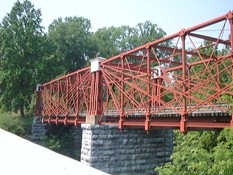
Bollman's design was a significant improvement over other trusses where one diagonal failure would cause the entire span to collapse. The Bollman Truss allowed for continued and rapid expansion of the American railroad; however, the truss did have its limitations. Due to unequal stresses throughout the truss span, lengths were limited to one hundred feet. Eventually as metal truss design advanced, the Bollman Truss was replaced by the Whipple and Pratt trusses which used less metal and were therefore more economical.
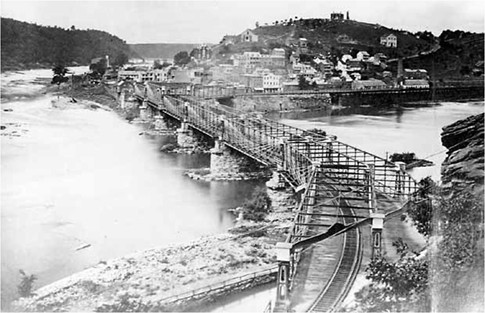
The largest Bollman Truss Bridge was located over the Potomac River at Harpers Ferry linking the B&O Railroad line between Maryland and West Virginia. It was constructed in 1865 and survived until 1936 when a record flood swept the bridge away. A 1,360-pound section of the bridge has been salvaged from the river and is on display in an exhibit at the National Park Service visitor center in Harpers Ferry.
Today only one Bollman Truss Bridge remains. It is a two span, 160-foot total length structure located on an abandoned spur line in Savage, Maryland. It was originally built in 1869 and used on the B&O mainline. After being replaced, it was moved to its present location in 1888 to serve the local Savage textile mill. The restored mill, a shopping attraction in its own right, is just a few hundred yards from the landmark bridge.
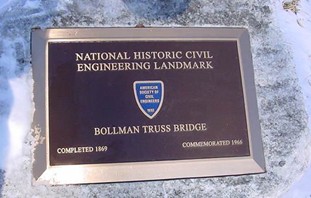
An article on “Structural Behavior of the Bollman Truss Bridge at Savage, Maryland” by The Civil Engineering Department at Johns Hopkins University is available in “Baltimore Civil Engineering History” the Proceedings of the Fifth National History and Heritage Congress at the 2004 ASCE Annual Conference and Exposition, held in Baltimore, Maryland, October 20-23, 2004.
If you visit the bridge, you’ll notice that there are two ASCE NHCEL plaques at the site. The story behind this plus other history related facts and tales are available to those interested participating in the NCS H&H Committee. Join us and you’ll be amazed at the Civil Engineering Heritage surrounding you in the Washington DC metropolitan area.
(Color photos by B. Dennis)


